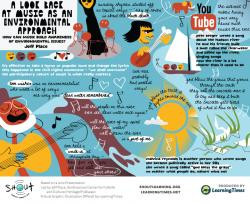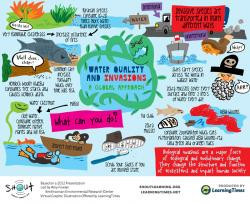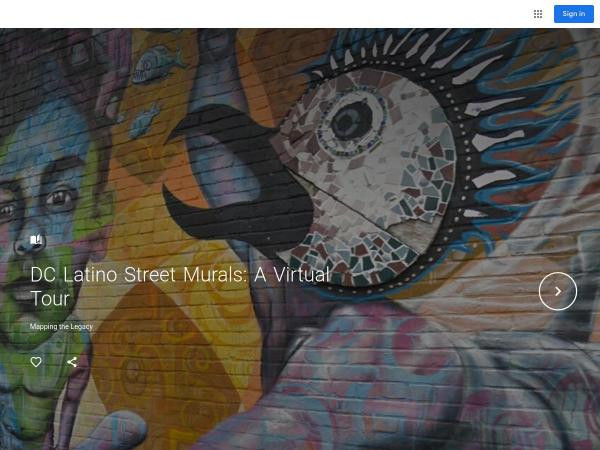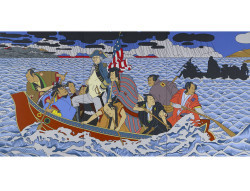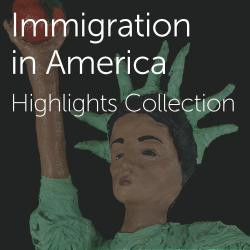Ashley Naranjo
Ashley Naranjo, M.Ed. is a museum educator, specializing in the use of digital resources for teaching and learning. She currently manages distance learning initiatives and education partnerships for the Smithsonian. Portfolio highlights have included: the Smithsonian Quests digital badging program, Smithsonian Online Education Conferences, Smithsonian Learning Lab nationwide teacher professional development, Teachers of the Year programming at the Smithsonian, “Explore with Smithsonian Experts” video series, and Smithsonian print publication guides.
Before coming to the Smithsonian, she has had experiences in education in both formal and informal learning spaces: as an ESOL instructor for adults, a middle school teacher in the humanities and a summer programs administrator. She holds a B.A. in Human Development (Developmental Psychology) from the Lynch School of Education at Boston College, where she was a research assistant and independent study student in the Laboratory of Thinking, Learning & Cognition in the Arts. She completed a M.Ed. in Learning Design and Technology from the Rossier School of Education at the University of Southern California, with a thesis entitled, “Using Digital Museum Resources in the Classroom”. She is a 2019 graduate of the Getty Leadership Institute’s NextGen of Museum Leaders program.
Ashley Naranjo's collections
The Blues and The Great Depression
 Ashley Naranjo
Ashley Naranjo
Teaching Resources: Jazz Music
 Ashley Naranjo
Ashley Naranjo
Teaching Resources: Drama
 Ashley Naranjo
Ashley Naranjo
Student Activity: Music as an Environmental Advocacy Approach
 Ashley Naranjo
Ashley Naranjo
Student Activity: Investigating Invasive Species
 Ashley Naranjo
Ashley Naranjo
Student Activity: Investigating Human Impact on Water Resources
 Ashley Naranjo
Ashley Naranjo
Street Art: Local Washington, D.C. and Global Examples
 Ashley Naranjo
Ashley Naranjo
Storytelling through Dance
 Ashley Naranjo
Ashley Naranjo
Statue of Liberty and Symbolism
 Ashley Naranjo
Ashley Naranjo
"Shimomura Crossing the Delaware" by Roger Shimomura
 Ashley Naranjo
Ashley Naranjo
See Think Wonder: Exploring an Artwork, "Men of Progress"
 Ashley Naranjo
Ashley Naranjo
Second Opinion: Immigration in America – Smithsonian Resources
 Ashley Naranjo
Ashley Naranjo




